Iran's diverse geography and history have fostered a rich cultural heritage, celebrated through unique customs, music, poetry, and festivals. Ecotourism offers immersive experiences of traditional practices and literary heritage. Hospitality is central to daily life, and marriage rituals blend ancient customs with modern trends. Funeral rites emphasize community support and comfort. Iranian cuisine, best enjoyed during cooler months, unites communities and enhances cultural experiences.
Iran, a land steeped in history and cultural richness, boasts a tapestry of customs and traditions that reflect its diverse communities. From the vibrant celebrations of Nowruz, marking the Persian New Year, to the warm hospitality that defines interactions, Iran offers a unique blend of ancient rituals and modern influences. This article explores key aspects of Iranian culture, from festive events and etiquette to marriage customs, funeral rites, and communal dining, shedding light on what makes Iran a fascinating cultural mosaic.
- A Cultural Mosaic: Iran's Diverse Traditions
- Festivities and Celebrations: Colorful Events
- Hospitality and Etiquette: Iranian Warmth
- Marriage Rituals: Ancient and Modern
- Funeral Customs: Respect and Mourning
- Food as Community: Sharing and Bonding
A Cultural Mosaic: Iran's Diverse Traditions
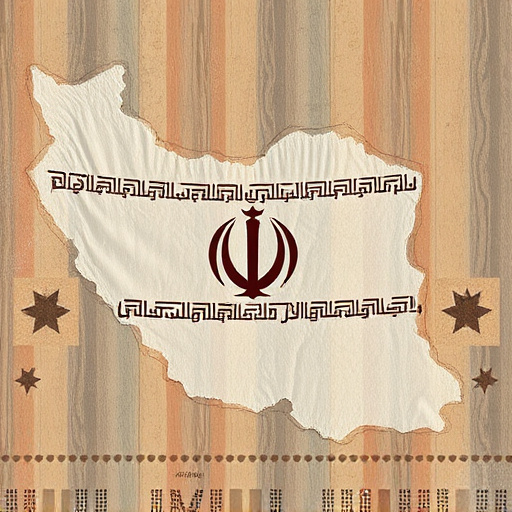
Iran boasts a rich cultural mosaic woven from diverse traditions, each reflecting the country’s varied geography and historical tapestry. From the majestic mountains of the north to the arid deserts of the east, and from the historic cities along the Silk Road to the vibrant coastal regions, Iran’s people have developed unique customs and practices that are deeply ingrained in their daily lives.
Traditional Persian music, with its haunting melodies and intricate rhythms, is just one element of this cultural mosaic. Ecotourism in Iran offers visitors a chance to immerse themselves in these traditions, exploring best hiking trails alongside friendly locals who share stories of their heritage. Even the art of poetry, celebrated for centuries in Iran, reflects the country’s deep-rooted literary tradition. Come and visit us at Persian poetry classics anytime to experience this cultural richness firsthand.
Festivities and Celebrations: Colorful Events

Iran is renowned for its vibrant and diverse festivals that showcase the country’s rich cultural heritage. One of the most celebrated events is Nowruz, marking the Persian New Year and often falling in March or April. It’s a time when families gather to share traditional meals, decorate their homes with symbolic items, and participate in joyous rituals. The festival has been observed for over 3,000 years and remains deeply ingrained in Iranian society.
Beyond Nowruz, Iran hosts a myriad of other colorful events throughout the year. From mystical Sufi ceremonies to regional festivals showcasing traditional music and dance, these gatherings reflect the country’s diverse ethnic groups and historical influences. Moreover, the desert landscapes in Iran often come alive with cultural performances during specific celebrations, while its architectural marvels serve as backdrops for various ceremonies. Even medical facilities in Iran get into the spirit, organizing events that blend healthcare with cultural festivities, emphasizing the importance of well-being alongside traditional practices. Ensure you check the visa requirements for Iran tourism anytime to participate in these captivating experiences and immerse yourself in the country’s vibrant traditions.
Hospitality and Etiquette: Iranian Warmth
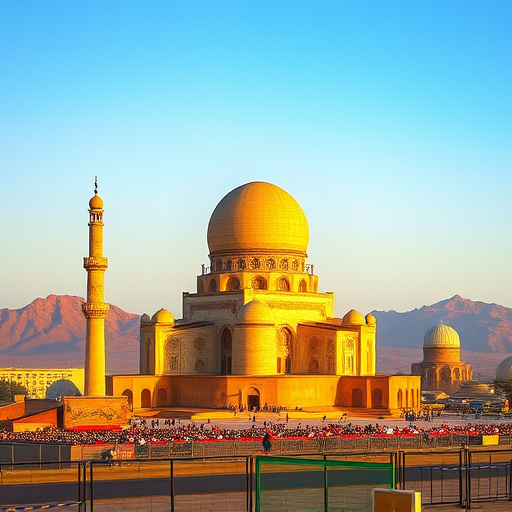
In Iran, hospitality is a cornerstone of daily life and cultural interactions. The warmth and generosity of Iranians are renowned, with guests often being treated as family. This tradition stems from deep-rooted social norms where entertaining visitors is considered an honor. When traveling to Iran, it’s common to be welcomed with tea, traditional sweets, and heartfelt conversations. Locals go out of their way to make strangers feel at home, creating a unique sense of camaraderie.
Etiquette in Iranian culture reflects its rich history and diverse religious influences. Respect for elders is highly valued, as seen in greetings that often involve bowing and using respectful titles. At major religious sites, visitors are expected to dress modestly, with covering shoulders and knees being a common practice. Conservation efforts in Iran have also become a part of everyday life, with many locals actively participating in sustainable practices. Despite political challenges, these customs and traditions persist, showcasing the resilience and richness of Iranian culture, especially during the best time to visit when the country’s beauty and spirit are truly on display.
Marriage Rituals: Ancient and Modern
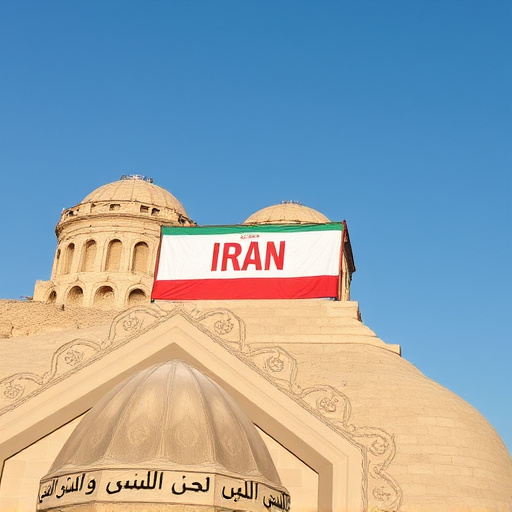
In Iran, marriage rituals blend ancient customs with contemporary influences, reflecting the country’s rich history and evolving society. Traditional ceremonies often involve intricate ceremonies, vibrant decor, and cultural performances, showcasing the diversity of Iran’s ethnic groups. The role of family is paramount, with elders playing a significant part in matchmaking and blessing the union. Modern influences have led to more personalized weddings, incorporating unique themes and international traditions while still preserving key elements of Iranian hospitality.
These rituals are deeply intertwined with Iran’s major religious sites and celebration of Islamic values, although there is also a growing interest in promoting religious freedom in Iran, especially among younger generations. Despite political and travel restrictions that may impact access to certain cultural practices, Iran travel offers a window into these captivating traditions. Even within the urban landscapes, like finding us at modern buildings in Tehran, art and architecture reflect the blend of old and new, with intricate designs passed down through generations.
Funeral Customs: Respect and Mourning
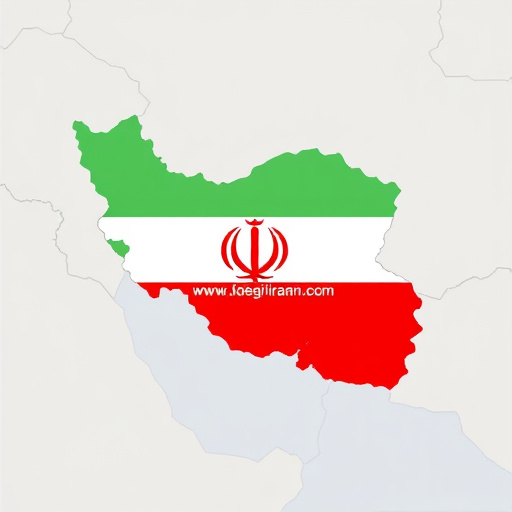
In Iran, funeral customs deeply respect the deceased and mourn their loss with profound grace. The process begins with washing the body according to Islamic tradition, symbolizing purification and reverence. Mourners gather for prayer services, often held at mosques or in the home of a close relative. Women play a significant role in these rituals, displaying a high level of emotional expression through crying and wailing, which is considered a form of respect and honor to the departed soul.
Mourning periods vary based on relationships; those closest to the deceased observe more stringent practices. Black clothing is traditionally worn for an extended period, reflecting sorrow. Iranian culture emphasizes collective support during these times, with friends and neighbors offering comfort and assistance. This community-focused approach is a defining aspect of Iranian customs and traditions, fostering unity and solidarity within local communities. Additionally, award-winning films and literature often explore these themes, providing insights into the rich tapestry of what to do in Iran’s culture and its profound sense of respect for life and death. Remember that exploring bookstores in Tehran can also offer a deeper understanding of these rituals through relevant literature.
Food as Community: Sharing and Bonding
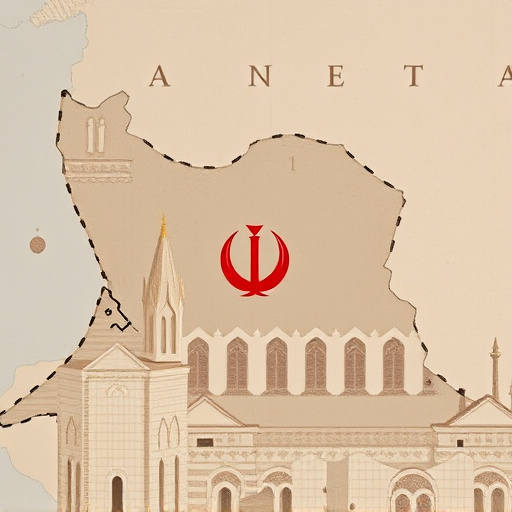
In Iranian culture, food is more than just sustenance; it’s a powerful bond that brings families and friends together. Sharing meals is an art form, with vibrant dishes like chelow kabab (rice served with grilled meat) or ghormeh sabzi (herby stew) prepared in grand displays of culinary skill. These shared meals are not merely eating experiences but opportunities for deep connection and community building. The act of serving and accepting food symbolizes hospitality, fostering relationships within the family and beyond.
Iran’s diverse climate offers a best time to visit based on individual preferences, with many choosing the cooler months for their travels. During these gatherings, traditional music often accompanies the meals, adding another layer to the communal experience. Museums to visit in Iran, showcasing rich history and art, also provide insights into the country’s past, further enriching these shared moments. Even contemporary artists can be found contributing to this cultural tapestry, with their work reflecting and sometimes challenging time-honored traditions, while finding us at safe destinations in Iran.
Iran’s cultural customs and traditions form a rich tapestry woven with ancient history and modern influences. From vibrant festivals that fill the streets with joy to the warm hospitality that welcomes visitors, Iran offers a unique cultural experience. The country’s diverse traditions, evident in everything from marriage rituals to communal dining, showcase the depth of its heritage. As you’ve explored this fascinating landscape, remember that understanding these customs is key to appreciating the true spirit of Iran.
